Home>Furniture & Design>Interior Design Trends>What Is The Ratio Of Thickness Of The Slab Of Crown Glass
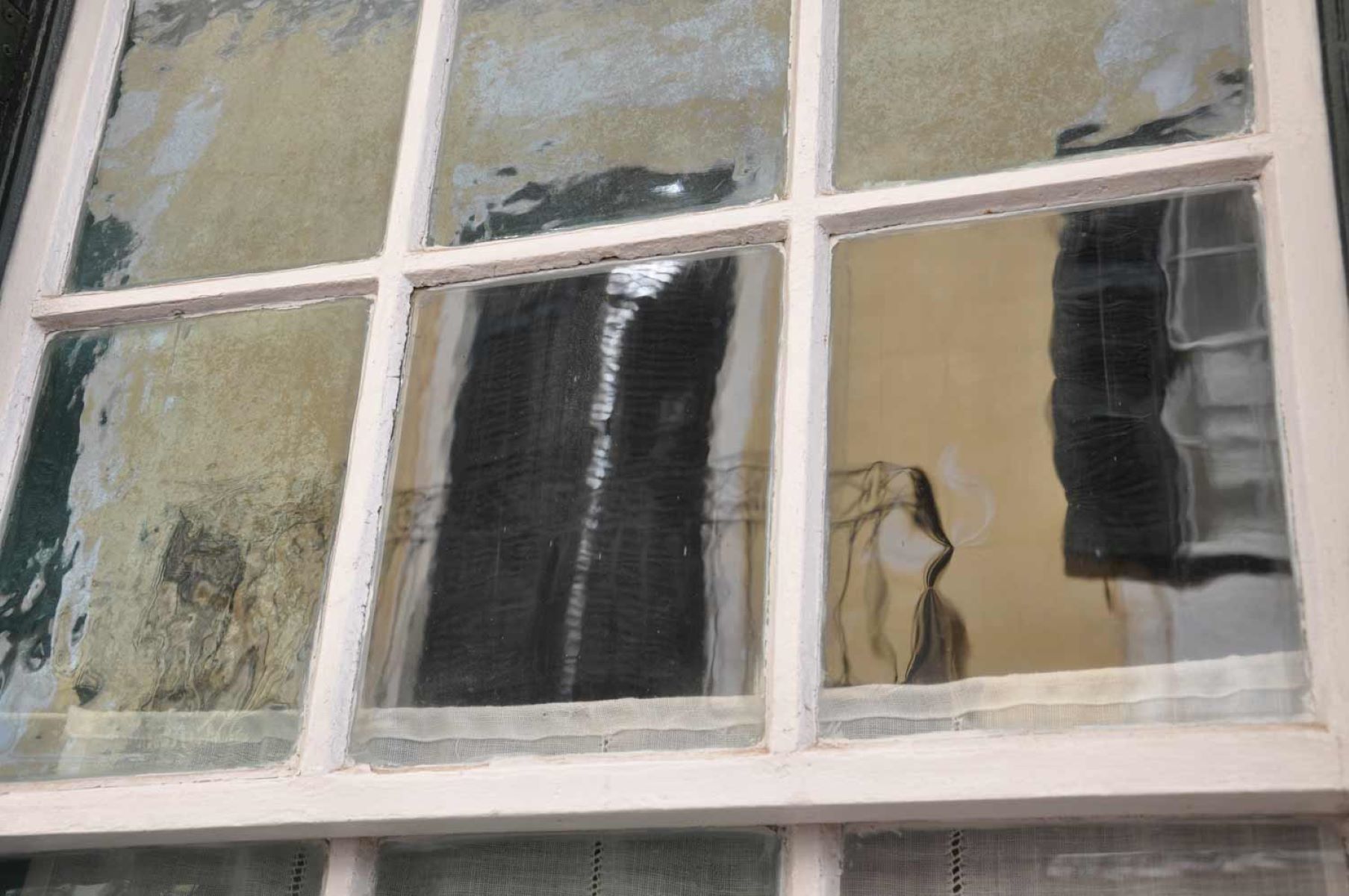

Interior Design Trends
What Is The Ratio Of Thickness Of The Slab Of Crown Glass
Modified: October 18, 2024
Discover the ideal ratio for the thickness of crown glass slabs and stay updated on the latest interior design trends. Explore expert insights now!
(Many of the links in this article redirect to a specific reviewed product. Your purchase of these products through affiliate links helps to generate commission for Storables.com, at no extra cost. Learn more)
Introduction
Crown glass, a type of optical glass, has been a staple in the world of interior design for centuries. Its unique properties and timeless appeal have made it a sought-after material for various applications, from windows and mirrors to decorative elements. One of the key aspects that sets crown glass apart is the ratio of its thickness, which plays a crucial role in its optical performance and overall functionality.
Understanding the ratio of thickness of the slab of crown glass is essential for interior designers and architects seeking to harness its full potential in their projects. By delving into the intricacies of this ratio, we can gain valuable insights into the practical and aesthetic considerations that come into play when working with this versatile material.
In this article, we will explore the significance of the thickness ratio in crown glass, shedding light on the factors that influence it and the impact it has on the visual and functional aspects of interior design. By unraveling the mysteries behind this fundamental characteristic, we aim to provide a comprehensive understanding of how the ratio of thickness contributes to the allure and utility of crown glass in various design contexts.
Key Takeaways:
- The thickness ratio of crown glass affects its clarity and durability, making it ideal for windows, lenses, and decorative elements in interior design. It balances visual appeal with structural stability.
- Understanding the thickness ratio helps designers create captivating visual effects and enhance natural light in architectural elements, decorative accents, and artistic installations. It preserves heritage features and infuses spaces with enduring elegance.
Read more: How Thick Should A Slab Be For A Shed
Understanding Crown Glass
Crown glass, a classic material with a rich history, holds a special place in the realm of interior design. This type of glass is renowned for its exceptional clarity and brilliance, making it a popular choice for windows, mirrors, and decorative elements. Its name, "crown," originates from the crown-like shape formed when the molten glass is spun, creating a smooth and uniform surface.
One of the defining characteristics of crown glass is its unique manufacturing process. Traditionally, crown glass is crafted by blowing a large bubble of glass, which is then spun rapidly to form a flat, circular shape. This method results in a sheet of glass with a characteristic central point, known as the bullseye, which is often utilized in artistic and architectural applications.
In terms of optical properties, crown glass boasts excellent light transmission, making it an ideal choice for windows and lenses. Its ability to refract light with minimal distortion contributes to its widespread use in creating clear, distortion-free views. Additionally, crown glass exhibits remarkable durability and resistance to chemical and environmental factors, ensuring its longevity in various design settings.
Furthermore, the composition of crown glass, typically featuring a high proportion of silica, contributes to its exceptional optical clarity and refractive index. This unique composition allows crown glass to effectively bend and manipulate light, making it a valuable material for enhancing visual aesthetics and functionality within interior spaces.
In the realm of interior design, understanding the nuances of crown glass is essential for harnessing its full potential. Designers and architects often leverage the distinct properties of crown glass to introduce elements of elegance, luminosity, and spatial enhancement in their projects. By comprehending the intricacies of crown glass, professionals can make informed decisions regarding its application, ensuring that it aligns with the desired aesthetic and functional objectives.
As we delve deeper into the realm of crown glass, it becomes evident that its allure extends beyond its physical properties. The historical significance and timeless appeal of crown glass further contribute to its enduring presence in interior design, where it continues to captivate and inspire through its unparalleled beauty and versatility.
The Ratio of Thickness of the Slab
The ratio of thickness of the slab of crown glass is a pivotal aspect that significantly influences its optical and structural properties. This ratio refers to the relationship between the thickness of the glass and its overall dimensions, playing a crucial role in determining its visual clarity, light transmission, and overall performance in interior design applications.
In the context of crown glass, the ratio of thickness is intricately linked to its ability to transmit light with minimal distortion. The precise balance between thickness and surface area directly impacts the glass's optical characteristics, such as its refractive index and dispersion of light. A carefully calibrated thickness ratio ensures that crown glass maintains its renowned clarity and brilliance, making it an ideal choice for windows, lenses, and decorative elements.
Furthermore, the ratio of thickness of the slab of crown glass also influences its structural integrity and durability. By striking the right balance between thickness and weight, crown glass can withstand environmental stressors and maintain its pristine condition over time. This aspect is particularly crucial in architectural applications, where crown glass serves as a functional and aesthetic element, contributing to the overall visual appeal and longevity of the design.
When considering the ratio of thickness, it is essential to recognize the interplay between form and function. The thickness of the glass slab directly impacts its ability to manipulate light, creating captivating visual effects and enhancing the ambiance of interior spaces. Additionally, the structural stability derived from the optimal thickness ratio ensures that crown glass can be utilized in diverse design contexts, from traditional to contemporary, without compromising its performance or aesthetic allure.
In essence, the ratio of thickness of the slab of crown glass serves as a cornerstone in harnessing its full potential within interior design. By understanding and leveraging this fundamental aspect, designers and architects can capitalize on the unique optical and structural properties of crown glass, infusing their projects with timeless elegance, luminosity, and enduring quality.
Factors Affecting the Ratio
The ratio of thickness of the slab of crown glass is influenced by a myriad of factors that collectively shape its optical and structural characteristics. Understanding these factors is crucial for interior designers and architects seeking to optimize the use of crown glass in their projects.
-
Application Requirements: The intended application of the crown glass plays a significant role in determining the optimal thickness ratio. For instance, windows and lenses may require a specific thickness to achieve the desired light transmission and optical clarity, while decorative elements might benefit from a different ratio to enhance their visual appeal.
-
Light Transmission Needs: The desired level of light transmission through the glass influences the thickness ratio. For applications where maximum clarity and minimal light distortion are paramount, such as in high-end windows or precision lenses, a precise thickness ratio is essential to achieve the desired optical performance.
-
Structural Considerations: The structural integrity of the glass is a critical factor in determining the thickness ratio. In architectural applications, where crown glass is utilized as a structural or decorative element, the ratio must be carefully calibrated to ensure that the glass can withstand environmental stressors and maintain its stability over time.
-
Aesthetic Objectives: The visual impact of crown glass is intricately linked to its thickness ratio. Designers often consider the interplay of light and glass thickness to create captivating visual effects and enhance the ambiance of interior spaces. The thickness ratio is adjusted to achieve specific aesthetic objectives, such as diffusing light or creating a sense of depth and dimension.
-
Manufacturing Techniques: The method of manufacturing crown glass can influence its thickness ratio. Variations in the production process, such as the spinning speed and cooling methods, can impact the uniformity and thickness distribution of the glass, thereby affecting its optical and structural properties.
-
Environmental Factors: The environmental conditions to which the glass will be exposed also play a role in determining the optimal thickness ratio. Factors such as wind load, temperature differentials, and seismic activity can influence the required thickness to ensure the glass can withstand external forces and maintain its performance over time.
By considering these factors, designers and architects can make informed decisions regarding the selection and utilization of crown glass, ensuring that its thickness ratio aligns with the specific requirements of each design scenario. This comprehensive approach enables the seamless integration of crown glass, harnessing its inherent beauty and functionality to elevate interior spaces with timeless allure and enduring quality.
Applications of Crown Glass Thickness Ratio
The application of crown glass thickness ratio spans a diverse array of design contexts, each harnessing the unique optical and structural properties of crown glass to achieve specific aesthetic and functional objectives. Understanding the applications of the thickness ratio is essential for interior designers and architects seeking to leverage the full potential of crown glass in their projects.
Read more: How Thick Should A Concrete Patio Slab Be
Windows and Doors
In the realm of architectural design, the thickness ratio of crown glass plays a pivotal role in the creation of windows and doors. The precise calibration of the glass thickness ensures optimal light transmission, allowing natural light to permeate interior spaces while maintaining visual clarity. By carefully considering the thickness ratio, designers can achieve a harmonious balance between transparency and structural integrity, enhancing the overall ambiance and functionality of the architectural elements.
Lenses and Optics
Crown glass, renowned for its exceptional optical properties, finds extensive use in the creation of lenses and optical instruments. The thickness ratio is meticulously tailored to meet the specific requirements of each lens, ensuring minimal light distortion and precise refraction. By leveraging the optimal thickness ratio, lens designers can achieve superior optical performance, resulting in clear, distortion-free vision and enhanced visual acuity.
Decorative Elements
Crown glass, with its inherent brilliance and luminosity, serves as a captivating material for decorative elements within interior spaces. The thickness ratio is carefully adjusted to create captivating visual effects, such as light diffusion and color enhancement, adding a touch of elegance and sophistication to the design. Whether incorporated into ornate chandeliers, artistic glass panels, or bespoke decorative accents, the thickness ratio of crown glass contributes to the creation of visually stunning and immersive environments.
Artistic Installations
Artists and designers often harness the thickness ratio of crown glass to create captivating artistic installations that play with light, color, and spatial perception. By manipulating the thickness ratio, artists can achieve mesmerizing visual effects, such as light refraction and dispersion, adding a dynamic and immersive dimension to their creations. The interplay of light and glass thickness becomes a central element in evoking emotional responses and engaging the senses within artistic installations.
Read more: How Thick Of A Concrete Slab For A Hot Tub
Restorations and Heritage Preservation
In the realm of heritage preservation and restoration, the thickness ratio of crown glass holds significant importance. When replicating historical windows, mirrors, or architectural features, maintaining the authentic thickness ratio is crucial to preserving the original aesthetic and optical characteristics. By adhering to the historical thickness standards, preservationists and restoration experts ensure the faithful recreation of heritage elements, safeguarding their timeless allure for future generations.
In essence, the applications of crown glass thickness ratio encompass a broad spectrum of design endeavors, each harnessing the unique optical and structural properties of crown glass to achieve specific aesthetic and functional objectives. By understanding and leveraging the thickness ratio in diverse design contexts, interior designers and architects can unlock the full potential of crown glass, infusing their projects with enduring elegance, visual allure, and timeless sophistication.
Conclusion
In conclusion, the ratio of thickness of the slab of crown glass stands as a fundamental determinant of its optical performance, structural integrity, and aesthetic impact within the realm of interior design. This essential characteristic, intricately linked to the glass's ability to transmit light with clarity and brilliance, plays a pivotal role in shaping the visual allure and functional utility of crown glass across diverse design applications.
By delving into the intricacies of crown glass, we have unveiled the profound significance of its thickness ratio, shedding light on the factors that influence this critical aspect and the diverse applications that benefit from its precise calibration. From architectural elements such as windows and doors to the creation of lenses, decorative accents, and artistic installations, the thickness ratio of crown glass serves as a cornerstone in achieving optimal light transmission, captivating visual effects, and enduring structural stability.
The interplay of form and function becomes evident as we explore the applications of crown glass thickness ratio, where each design context harnesses the unique optical and structural properties of crown glass to achieve specific aesthetic and functional objectives. Whether it is the seamless integration of crown glass in architectural elements to enhance natural light and transparency, the creation of captivating visual effects in decorative elements, or the faithful preservation of heritage features, the thickness ratio emerges as a defining factor in elevating interior spaces with timeless allure and enduring quality.
As interior designers and architects continue to seek innovative ways to infuse spaces with elegance, luminosity, and visual intrigue, the understanding and utilization of crown glass thickness ratio stand as a testament to the enduring legacy of this classic material. By embracing the nuances of the thickness ratio and leveraging its inherent optical and structural properties, design professionals can embark on a journey of creating immersive environments that captivate the senses and stand the test of time.
In essence, the ratio of thickness of the slab of crown glass transcends mere measurements; it embodies the harmonious fusion of artistry, functionality, and enduring beauty within interior design. As we navigate the ever-evolving landscape of design, the timeless allure and versatile applications of crown glass continue to inspire, enrich, and elevate interior spaces, ensuring that its legacy remains eternally intertwined with the art and craft of design.
Frequently Asked Questions about What Is The Ratio Of Thickness Of The Slab Of Crown Glass
Was this page helpful?
At Storables.com, we guarantee accurate and reliable information. Our content, validated by Expert Board Contributors, is crafted following stringent Editorial Policies. We're committed to providing you with well-researched, expert-backed insights for all your informational needs.

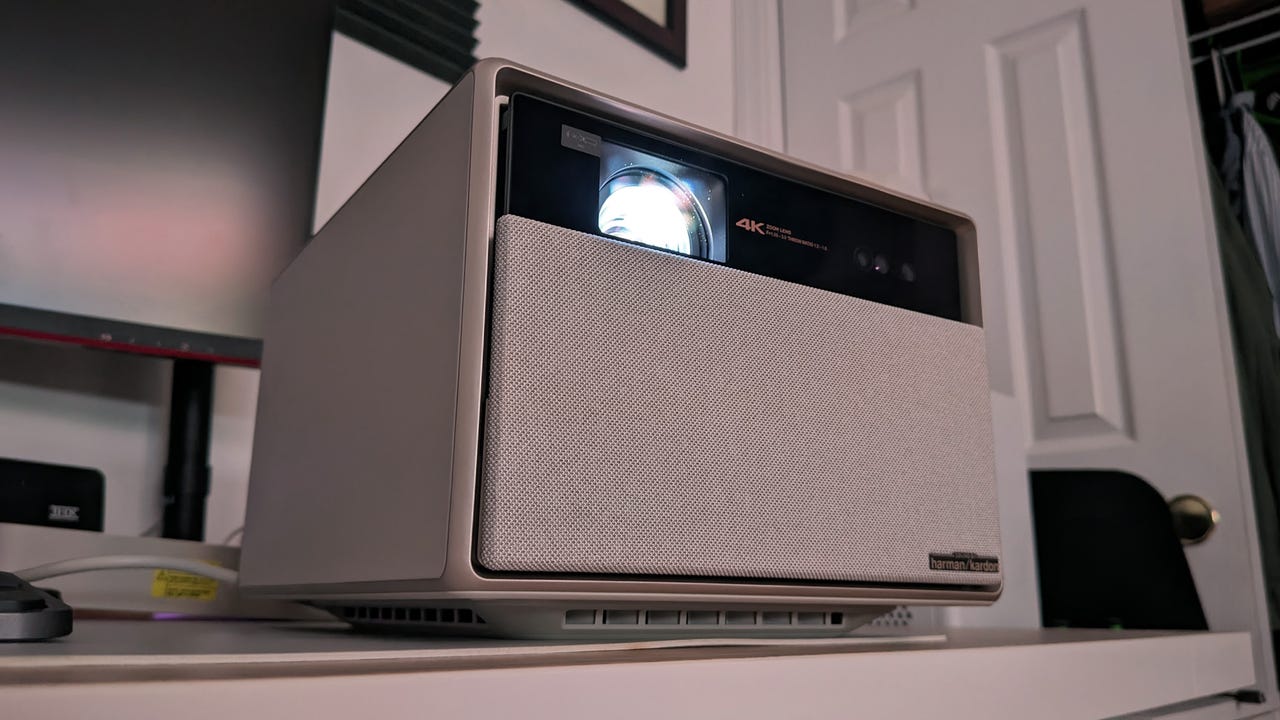
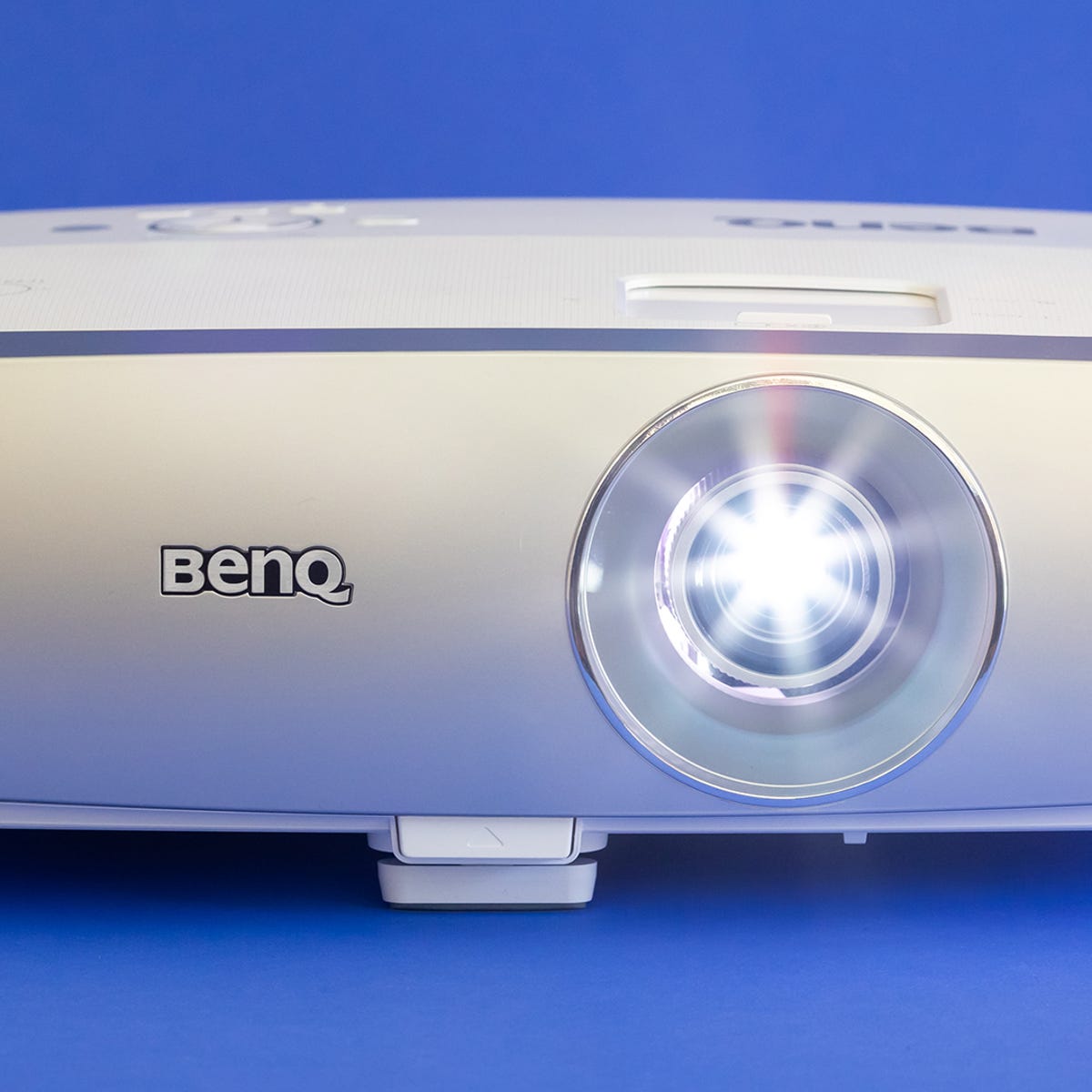
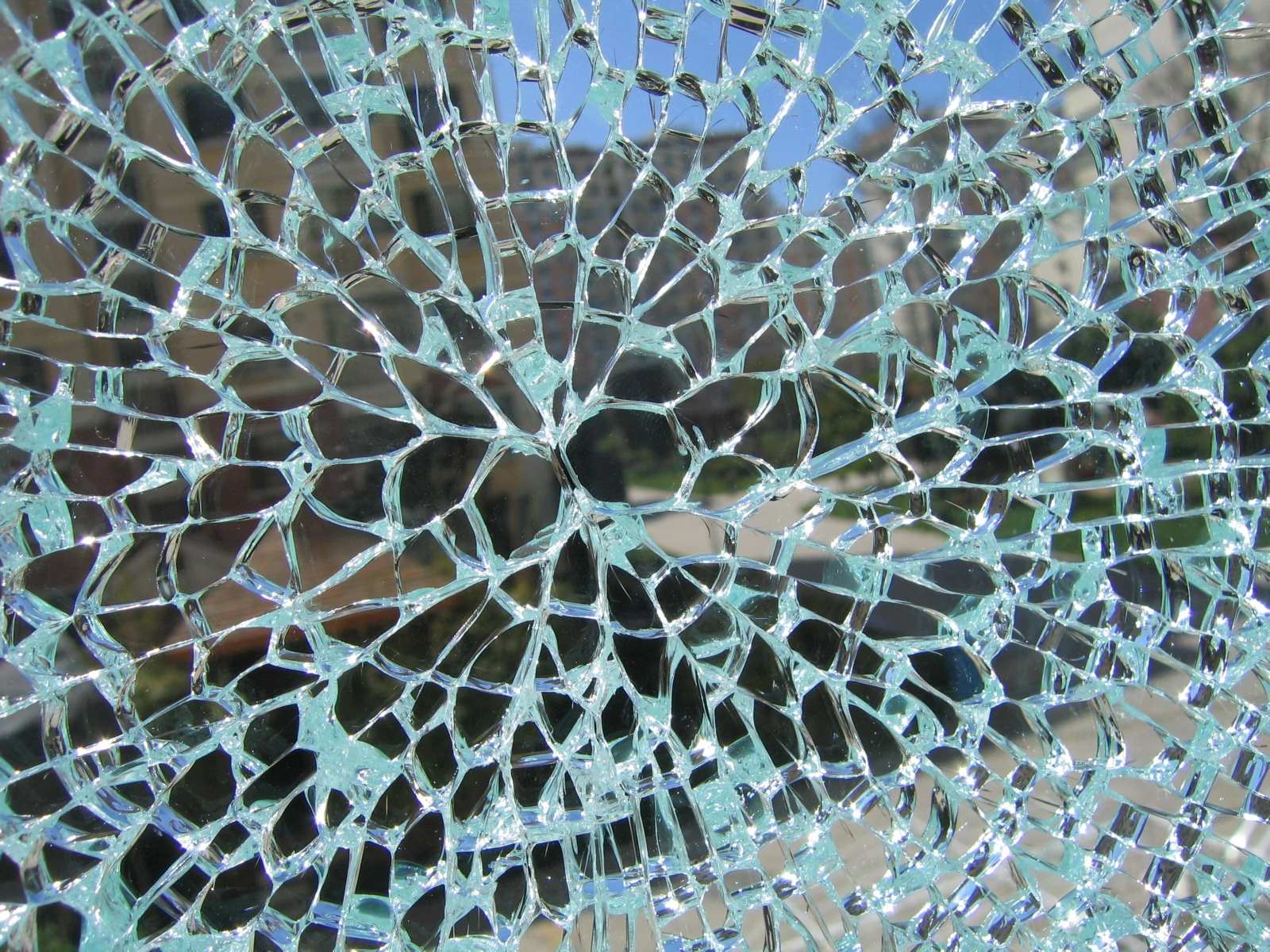

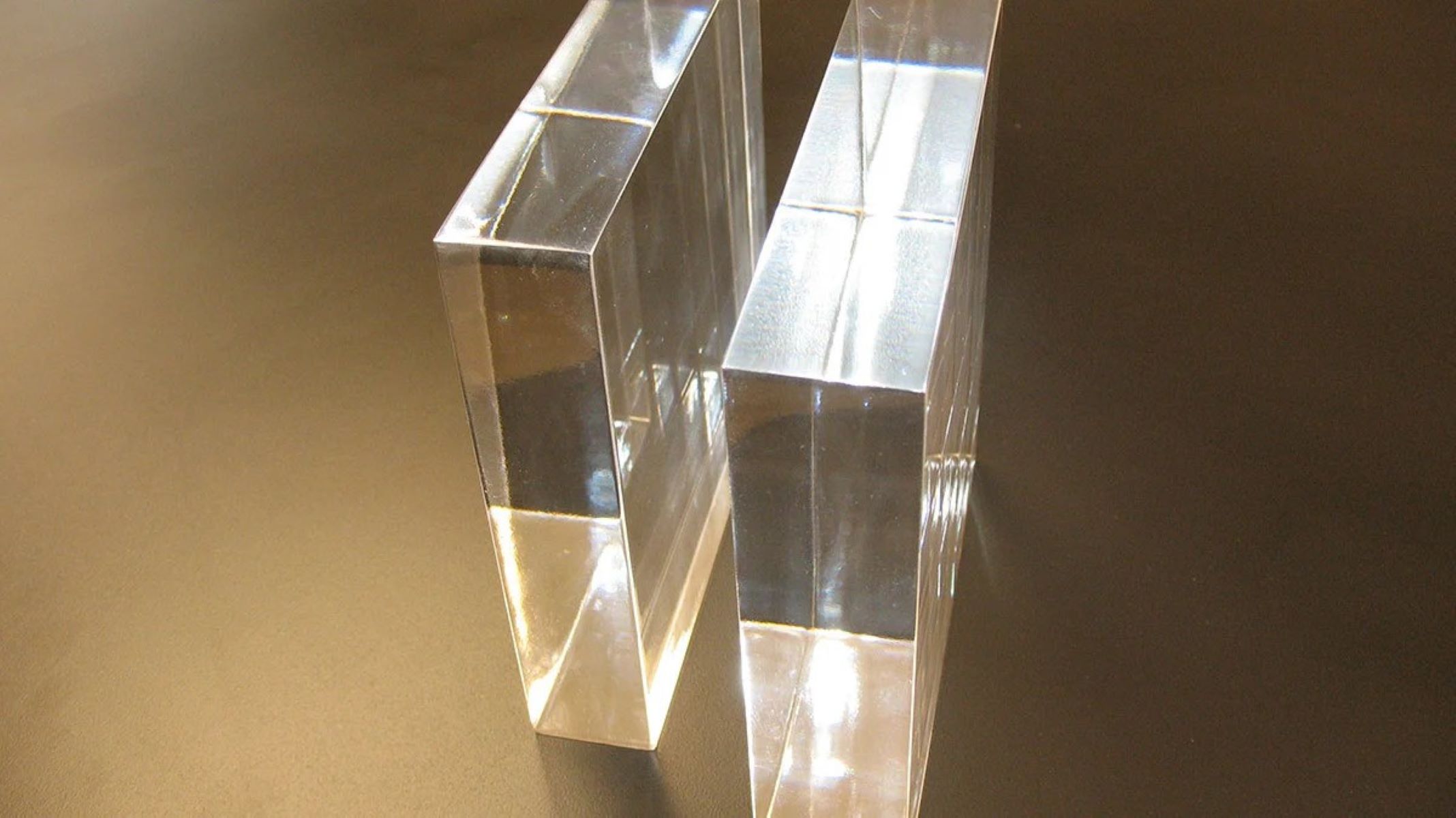

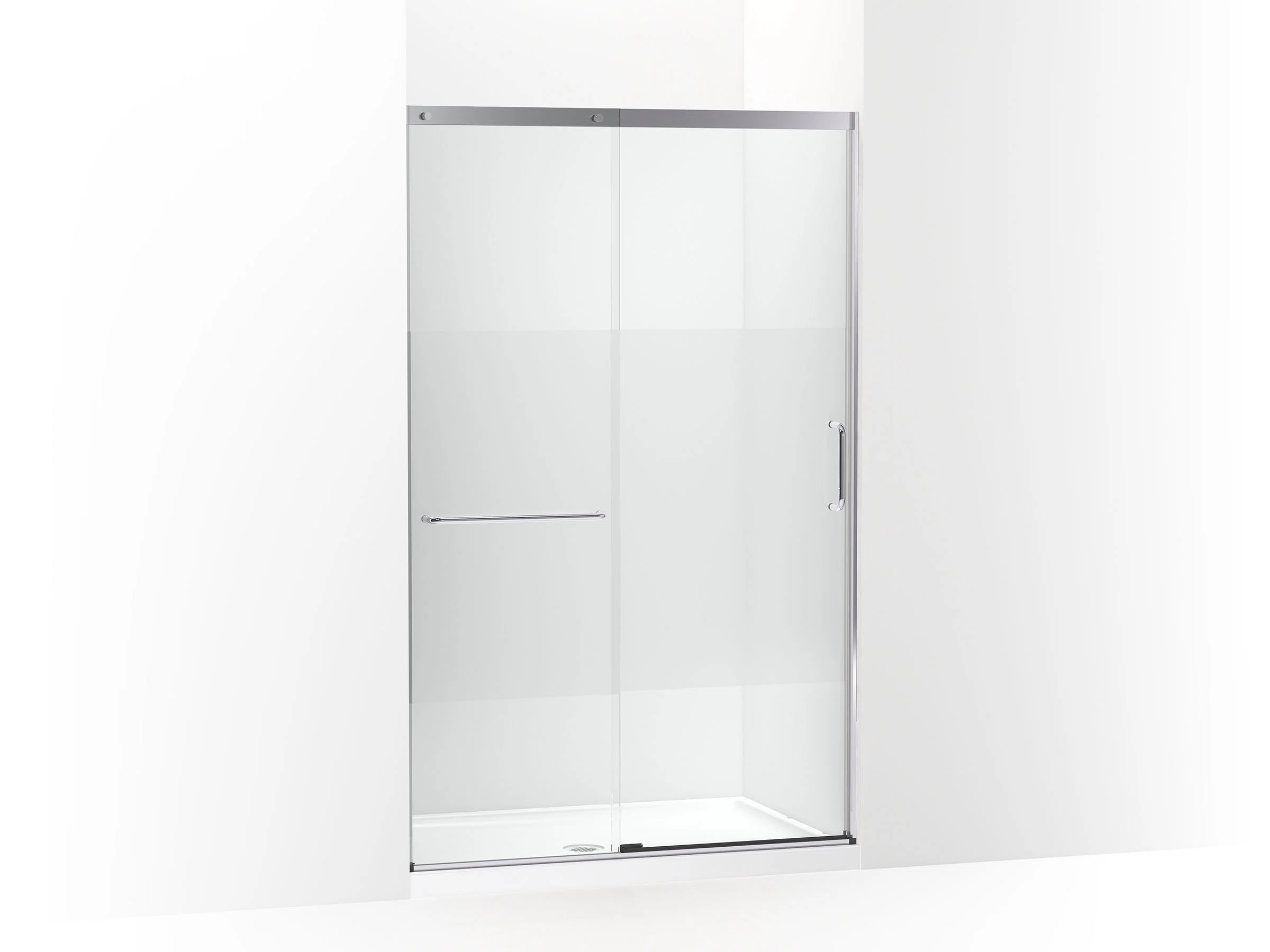
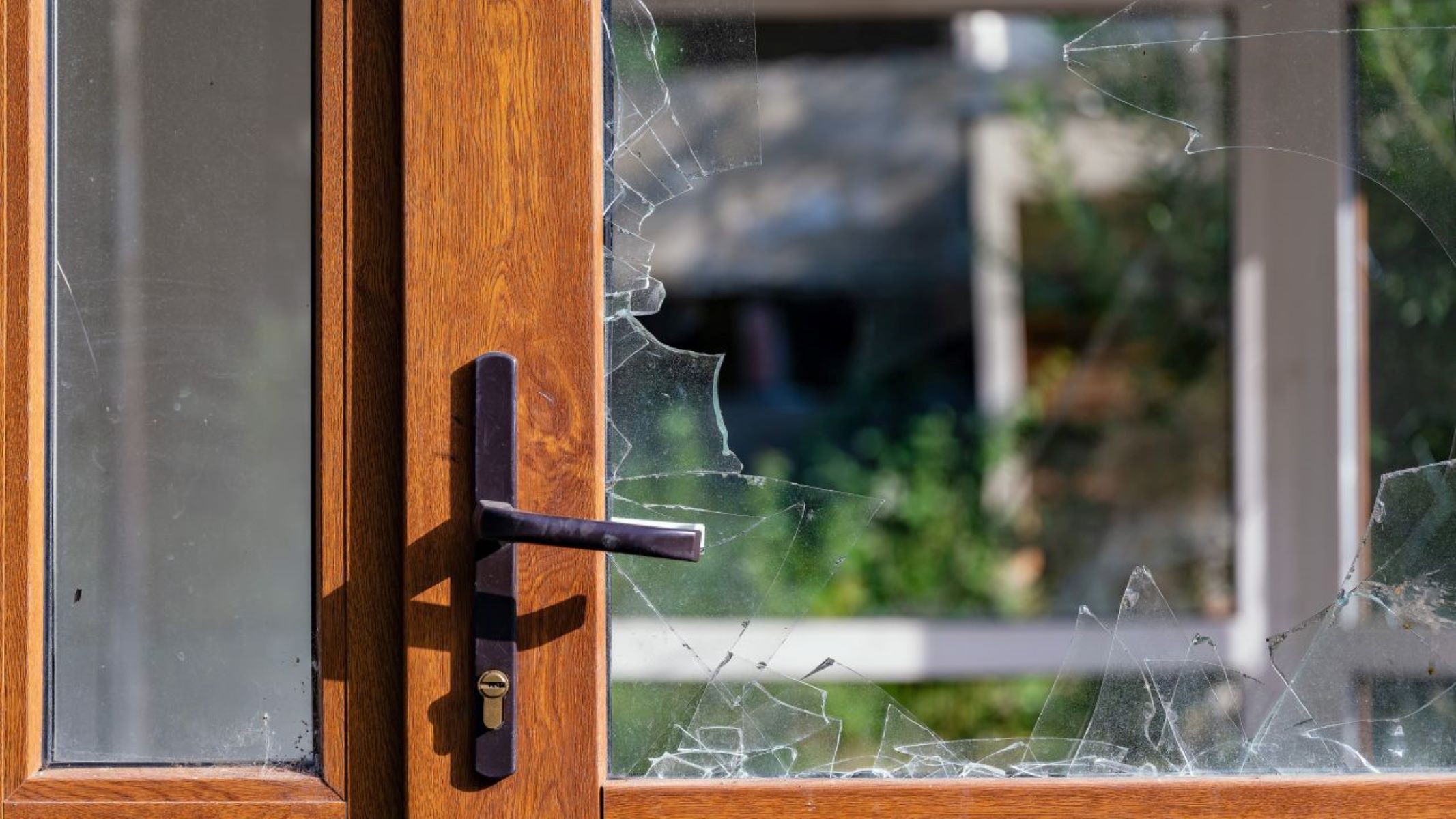





0 thoughts on “What Is The Ratio Of Thickness Of The Slab Of Crown Glass”